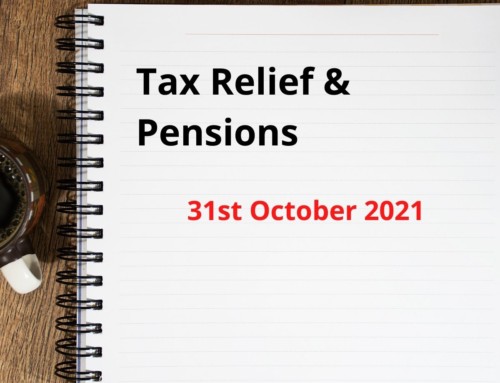We are fast approaching the December year end and self-assessment is almost complete. So I thought I’d offer some guidance on dealing with company profits.
Distribution of profits within the accounting tax year
With self-assessment just behind us and an estimated 75% of business owners operating on a calendar year end, it’s time to look at tax again.
We still find when onboarding new clients, the amount of clients that haven’t had a conversation with their accountant about the distribution of profits is unfathomable. Many business owners don’t have a specific plan around their companies’ profits.
It still amazes me the amount of people that only engage with their accountant after the tax year is complete. It’s a bit like locking the stable door after the horse has bolted!!!
Planning for tax needs to be done within the given tax year. So, if you’re one of those 75% with a business year end that is only 6 weeks away, then let me ask you a number of questions.
- What level of profit is the business likely to have this year? Is this similar to other years?
- Can you produce management accounts before the end of the year?
- What are you going to do with the company profits?
- Are there retained profits from previous years?
If the conversation with your accountant is based on looking back, then who is advising you on looking forward? If your company is making profits, you need to engage with a financial planner. We’ve noticed that company owners are enjoying boosted company profits. As a result, clients have difficult decisions to make with the threat of inflation and deposits offering zero/minus returns. Prudence is required to stay ahead of the curve.
Options & Considerations
I have set out below some options and considerations for you to give thought to over the next few weeks.
1.Take a bonus
Subject to the usual PAYE/PRSI & USC – how much will you take if you don’t know profit level within the given tax year? It is nice to treat yourself for the hard work and effort throughout the year. The disadvantage is that it can be costly (up to 52% tax). Do you need the money or will it sit in a deposit account unspent and depreciating in value?
2. Leave the profits in the company & pay corporation tax
If you are considering this option then, why? Are there previous/retained profits in the company from previous tax years? Think about how much cash is there? Is it growing? What is the opportunity for this cash beyond cashflow? Remember the big disadvantage here is that it depreciates in value. You can consider tax efficient investments through us if the funds are not needed.
3. Fund a bigger Pension
Revenue max is still €2,000,000 at retirement, how much are you likely to have? While the 3-way tax incentive is very enticing:
- Full tax relief against company profits within the accounting year
- Tax free growth within the fund (not subject to Capital Gains Tax or Income Tax) while growing
- 25% tax free at retirement
The disadvantage is that the money is not accessible before age 50.
Conclusion
To summarise the 4 key things to remember are:
- Plan on what you wish to do with your profits within the tax year, every year.
- Make sure it’s on the agenda for discussion.
- Think about the effects of taxation.
- Think about the effects of inflation.
A Financial Planner will offer great efficiency to support you decision making, and can help to simplify the process for you. If you’d like to have a further conversation about what option would be most suitable for you and your business just get in touch.




